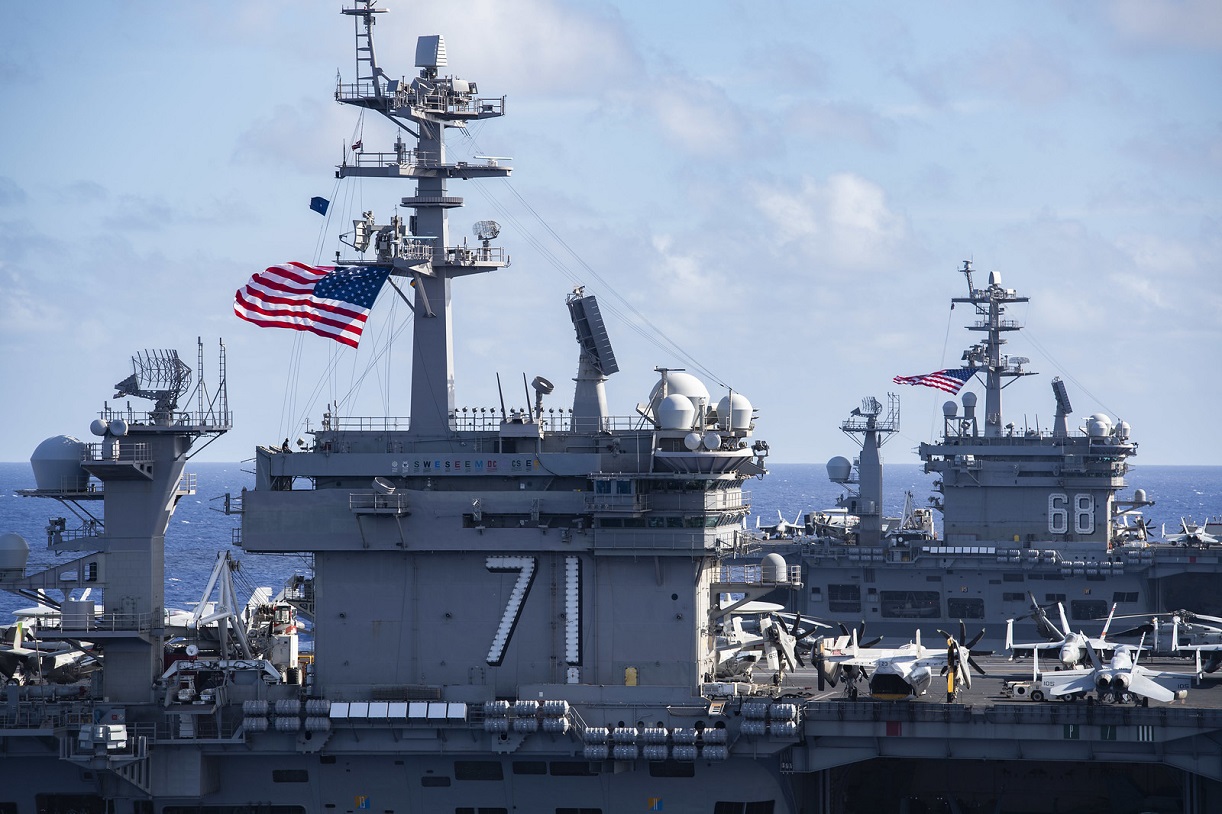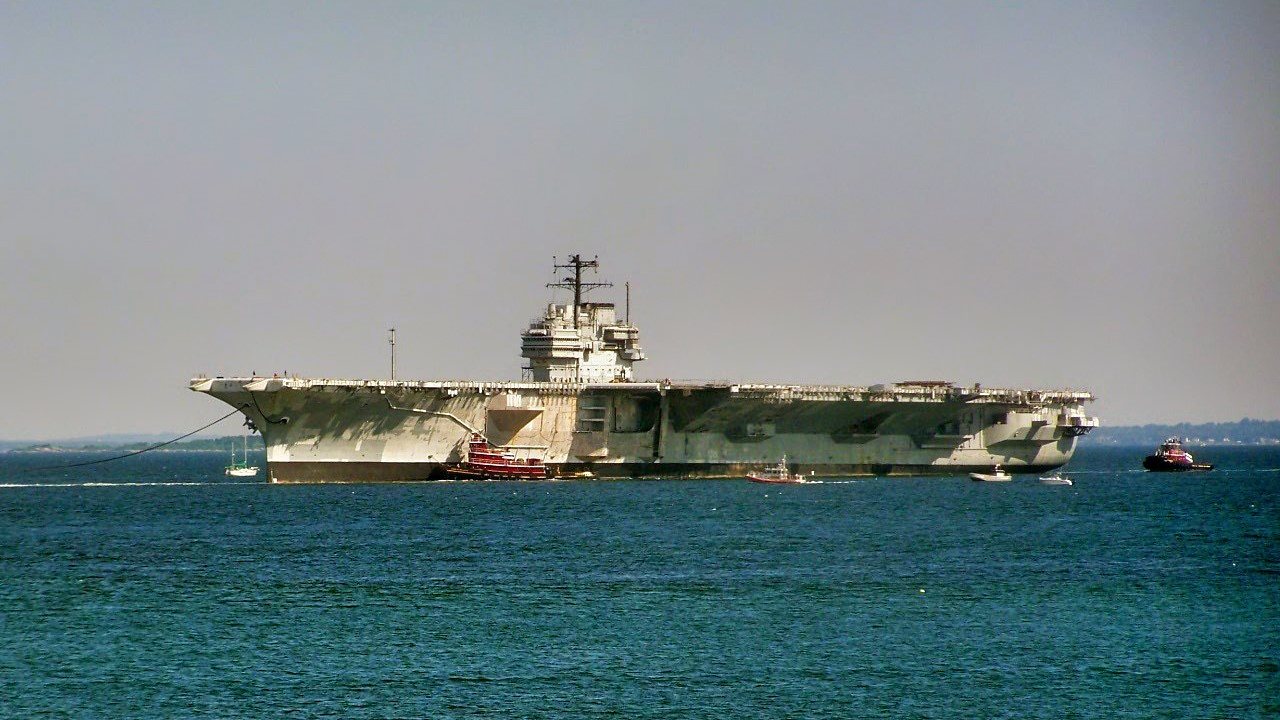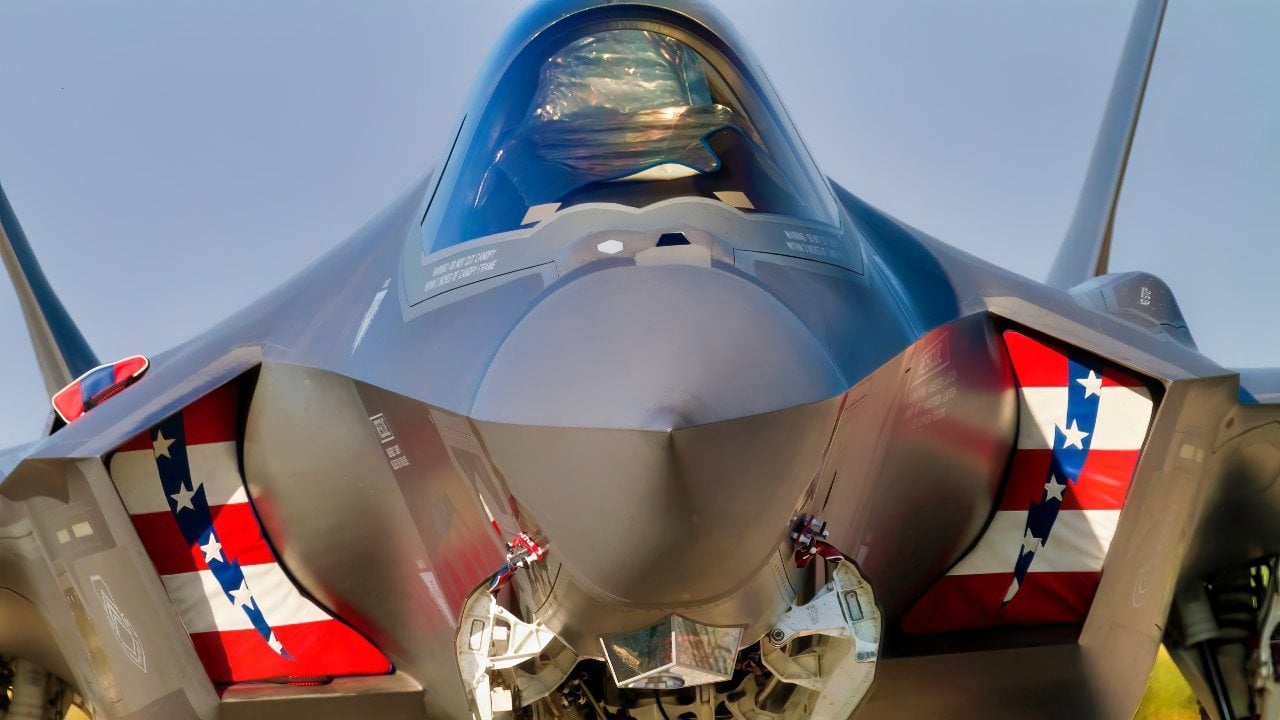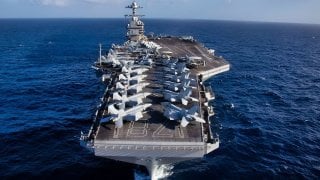Aircraft Carriers: 2 Words That Mean the U.S. Navy Is Untouchable
The debate over the relevance of U.S. Navy aircraft carriers in modern warfare has persisted for decades, with concerns that they may become obsolete against advanced threats from nations like China.
Summary and Key Points: The debate over the relevance of U.S. Navy aircraft carriers in modern warfare has persisted for decades, with concerns that they may become obsolete against advanced threats from nations like China.

-However, aircraft carriers remain a vital part of U.S. naval strategy, offering unmatched lethality, versatility, and survivability.
-These floating, nuclear-powered airbases can project power globally, sustain long-term operations, and withstand significant attacks.
-Despite their high costs, carriers are a long-term investment essential for U.S. defense. With advancements like the F-35C and MQ-25 drone, carriers will continue to play a crucial role in maintaining U.S. military dominance.
The Ongoing Debate: Are U.S. Aircraft Carriers Still Essential in Modern Warfare?
There has been a debate going on for decades about whether the mighty U.S. Navy aircraft carrier would get wiped out in a great power war against Russia or China. The truth is the U.S. Navy needs aircraft carriers, and they are still a vital weapons platform.
The Aircraft Carrier Debate
There is a school of thought in academic circles that aircraft carriers may soon become obsolete due to the nature of the threat posed by China. The long-range reconnaissance systems and missiles being developed by the People’s Liberation Army Navy (PLAN) are believed to be accurate and destructive enough to disable an aircraft carrier, and taking out even one of them would have a devastating effect on the U.S. defense posture in the Pacific theater.
Thus, continuing to develop new aircraft carriers has been seen by some as a situation of “too many eggs in one basket.”
Aircraft Carriers Have a Future
But where this argument breaks down is when the available alternatives are considered. What other option does the Navy have than what an aircraft carrier essentially is, a floating, mobile air base? Where are the better options?
Because the Navy is not dependent on land bases, it is not vulnerable to attack the same way the Air Force would be. Along with allowing the Navy not to be tied to land bases, aircraft carriers play a role that a fleet of smaller ships could never fulfill, at least for the foreseeable future. Here are a few reasons that their role is so indispensable.
Lethality
Large-deck, nuclear-powered aircraft carriers go a long way in making an adversary think twice before launching an attack. They sustain the Navy’s deterrent strategy, sending the message to potential aggressors that the U.S. is equipped to defeat them in an actual war.
The lethality of aircraft carriers derives from the type of weapons they carry. The Nimitz- and Ford-class carriers are armed with dozens of strike fighters, mostly F/A-18E and F/A-18F Super Hornets, and are further equipped with anti-aircraft and missile defenses. The other part of carriers’ lethality is their stamina in sustaining attacks. Aircraft carriers’ weapons systems have the capacity to pummel hundreds of targets on land or at sea every day during a conflict.
Versatility
A large-deck, nuclear-powered aircraft carrier is inherently versatile. It can accomplish power projection, sea control, air defense, and various other missions simultaneously. Aircraft carriers also have an unlimited range with nuclear power, so they never need to be refueled at sea. This allows them to move about 700 miles in a single day. Without carriers, sustaining operations against distant adversaries would be extremely difficult.

Aircraft carriers’ versatility is also a matter of convenience: nothing else can provide a similarly capable floating mobile sea base. When the Navy has everything it needs to prepare for conflict in one place, it makes much less sense to consider switching to dependence on a series of smaller, scattered vessels in combination with bases in allied countries. That situation would create an immediate logistical tangle that would be to the Navy’s disadvantage if and when conflict in the Pacific, especially with China, breaks out.
Cost
Aircraft carriers are expensive: a carrier strike group probably costs a billion dollars per year to own and operate. That is less than ten percent of what the federal government spends every day. One day’s worth of federal government spending comes out at about $16 billion, which is the same amount that it costs to build and equip one new Ford-class carrier. The yearly sustainment costs are probably less than one day’s worth of federal spending for all ten U.S. carriers. Operating costs after construction is about $800 million per year for the 50-year lifespan of a carrier. If destroyer escorts are added to the bill, that adds an additional $200 million.
Ultimately, the expense of carriers is a long-term investment that exists to make sure the Navy can accomplish its objectives at sustained levels when war breaks out. It is not likely that smaller warships could operate week after week at the intensity that carriers are capable of. How long is it plausible to sustain an alternative option, given the pace at which surface combatants might expend their missiles in major conflicts?
Survivability
Compared to any alternatives, large-deck, nuclear-powered aircraft carriers are much more resilient in withstanding potential attacks. Their size, flexibility in movement, and level of protection makes them formidable targets for adversaries. Sinking or disabling just one is thought to be nearly impossible—except through the use of a nuclear weapon. That is why there is debate over whether the PLAN’s latest weapons are actually able to take a carrier out.
Growth
There is no reason to believe that aircraft carriers are entering obsolescence when the carrier air wing is entering a new stage of evolution.
In the next 40 years, the Navy will complete the transition from the Nimitz to the Ford classes of aircraft carriers.
For the first time, the U.S. will have carriers equipped with the stealthy F-35C (the carrier-based version of the cutting-edge F-35 fighter jet) plus the E-2D Advanced Hawkeye, a radar plane that can track scores of targets from many miles away, and the CMV-22, a flexible tilt-rotor for resupplying carriers.

In the future, the Navy will also be able to add unmanned aircraft to the carrier airwing. The most critical hardware at this stage will be the MQ-25 drone, essentially an unmanned tanker.
These advancements all but guarantee that U.S. aircraft carriers will remain the preeminent geopolitical weapon of war for decades to come, both as an instrument of deterrence and as a tool for defeating aggression.
Author Biography: Sarah White
Sarah White is a Senior Research Analyst at the Lexington Institute: Prior to joining Lexington, Sarah held internships at the Albright Stonebridge Group and the Woodrow Wilson International Center for Scholars. She earned an M.A. in Latin American Studies in 2019 from Georgetown University’s Walsh School of Foreign Service, and a B.A. in political science and Spanish from Wake Forest University in 2017. Sarah is fluent in Spanish, proficient in Portuguese, and conversational in French. She is a native of McLean, Virginia.
All images are from U.S. Navy/Creative Commons.


